For a country so steeped in luxury, Italy has lagged behind France when it comes to creating a luxury group that can hold its own against its French counterparts. To put things in perspective, Italian powerhouses such as Gucci, Bottega Veneta, Fendi, Bulgari and Valentino are all foreign-owned.
“In the Italian mindset, your neighbour is a rival – while the French mentality is to create a system,” Rosso told Style, while stopping by Hong Kong during the Art Basel fair in March. “But I have to say that Covid helped a lot to create an integrated system.”
Clad in a T-shirt paired with jeans, and sporting his signature stubble and unruly hair, Rosso – who is in his late 60s – has the energy and enthusiasm of a 20-year-old and is visibly excited to be in Asia after the pandemic kept him away from the region for so long.
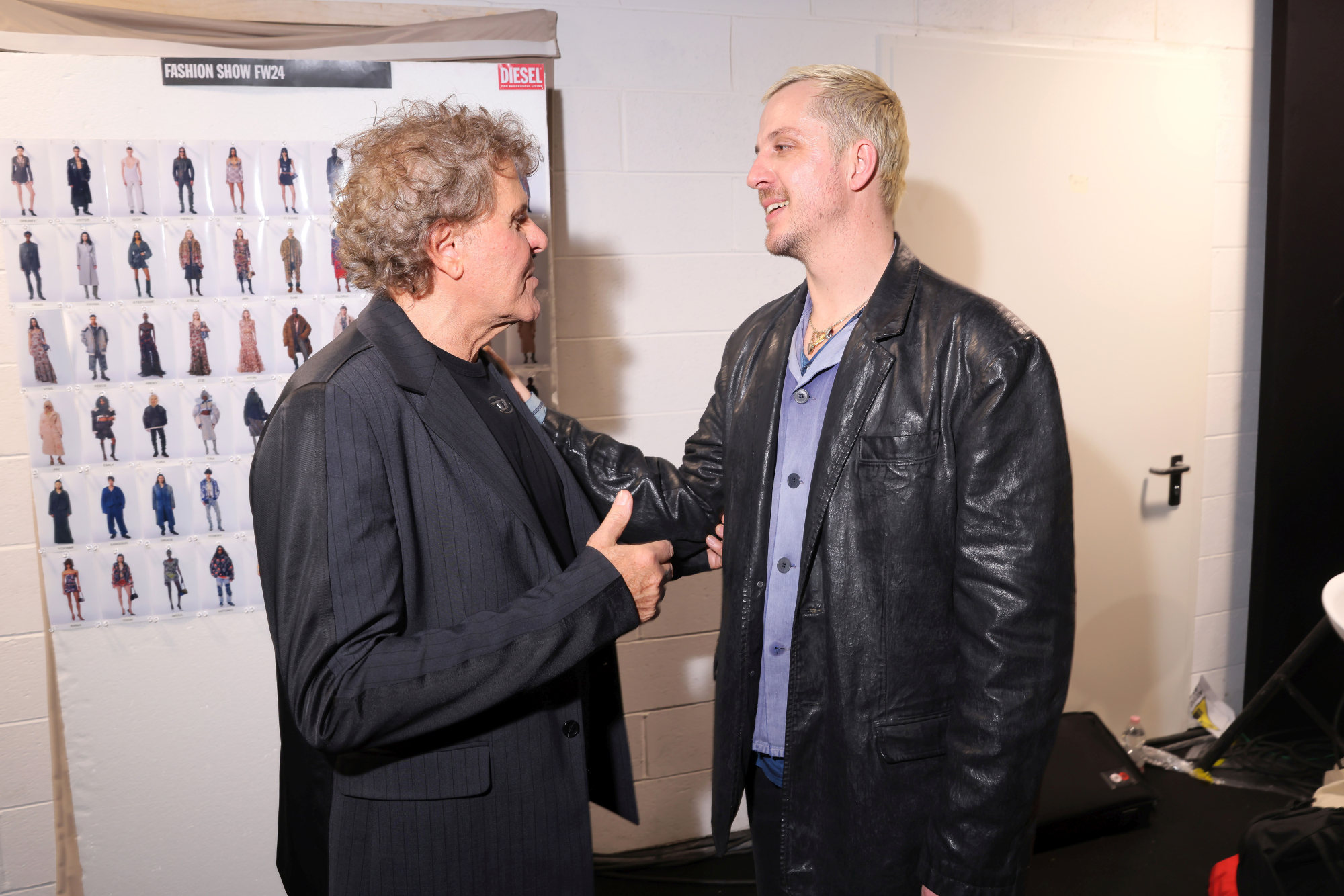
“There’s a different mood [in Italy now], and we started a dialogue with other companies,” he continues. “In Italy we do have some groups but they’re not real groups – it’s big firms that have bought other brands. But OTB is built like a group and we produce everything.
“At the beginning, I also did the same and just acquired a few brands here and there. But then when I built the group, I really wanted the company to support each brand, so we hired some very talented people who function as consultants to each brand.”
What makes OTB stand out is the variety of its portfolio, ranging from Paris-based Maison Margiela, which only shows rarefied couture collections and has a thriving shoe and fragrance business, to juggernaut Diesel, which has had some ups and downs and is now enjoying a renaissance under creative director Glenn Martens.
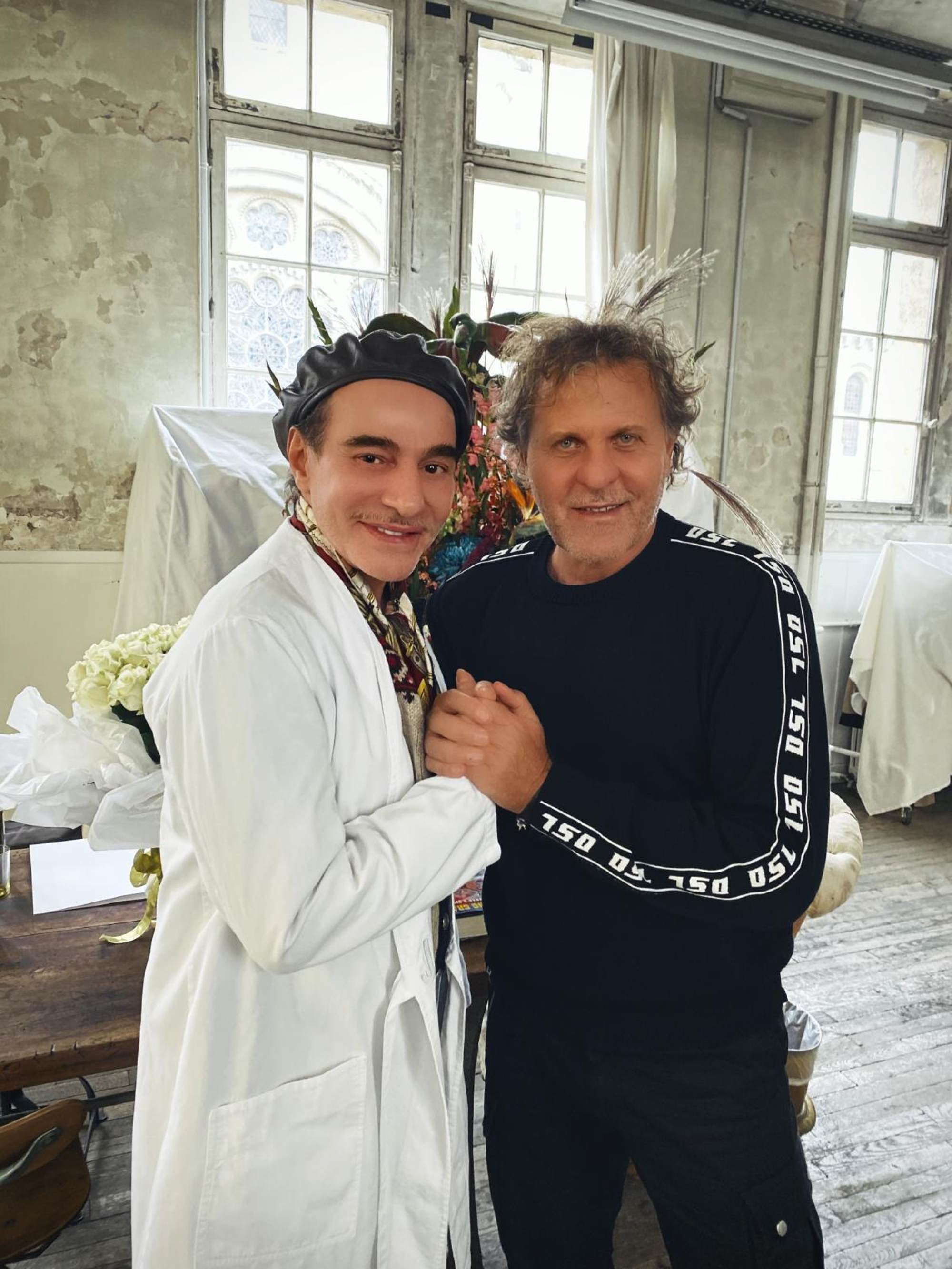
“Diversity is the beauty of OTB. I want my brands to be all different from each other because I want to reach different customer bases that are smart enough to appreciate and understand the value of what we do,” says Rosso.
He adds that unlike other luxury conglomerates that focus on celebrity endorsements and “entertainment”, OTB looks beyond mere marketing to double down on creating desirable, high-quality products. “Anna Wintour says that we’re very pure because we stay true to what fashion really is: desire and dream – that desire to buy that dress, and after a month or even a year that you’ve been wearing it, you discover new things and details. We are obsessed with product,” he explains.
That obsession is palpable. Far from a number-crunching and bottom line-driven boss, Rosso loves nothing more than working with the creative directors at the helm of his labels, from the aforementioned Martens, to Francesco Risso at Marni and legendary designer John Galliano at Maison Margiela.
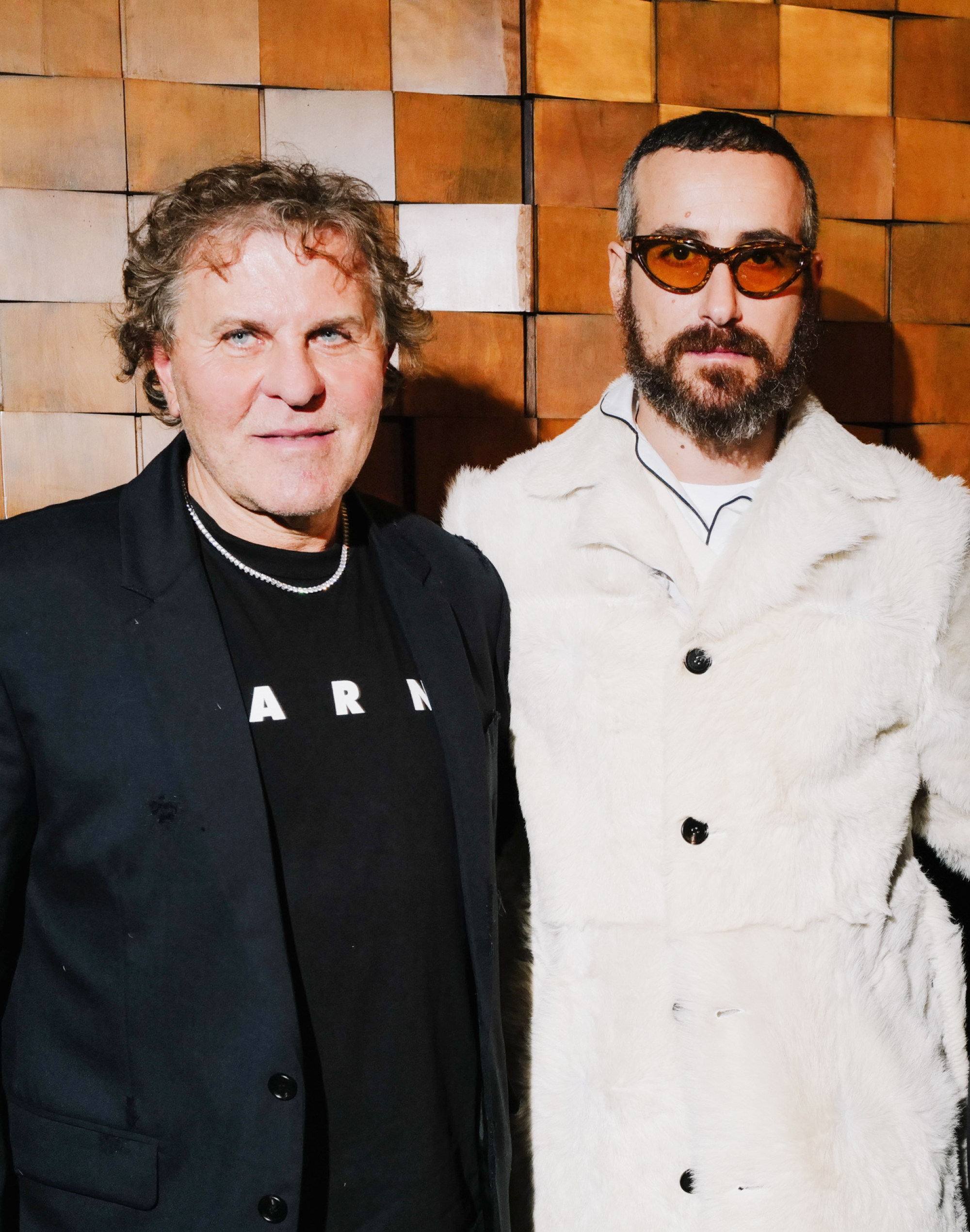
“I’m very hands on and very focused on the product. I come from a product background and work closely with the designers, and I love talking to them and getting into the spirit of the product,” Rosso says. “It’s a passion, it doesn’t feel like work ever in my life. I come from a farm, a culture of simplicity and respect and help, and with this spirit we built a strong team.”
Rosso still recalls with fondness his early days at Diesel, which was born out of his passion for vintage fabrics and garments. “The product came from vintage because I’ve always felt that an old house has more soul than a new one,” he says. “At Diesel, our clothes always had that lived-in feel to them.”
Diesel made history not only by elevating a fabric mostly associated with workwear into the realm of high fashion but also for its groundbreaking approach to advertising. If you’re a child of the 90s, you’ll likely remember the brand’s campaigns, photographed by David LaChapelle, which were going viral long before social media existed.
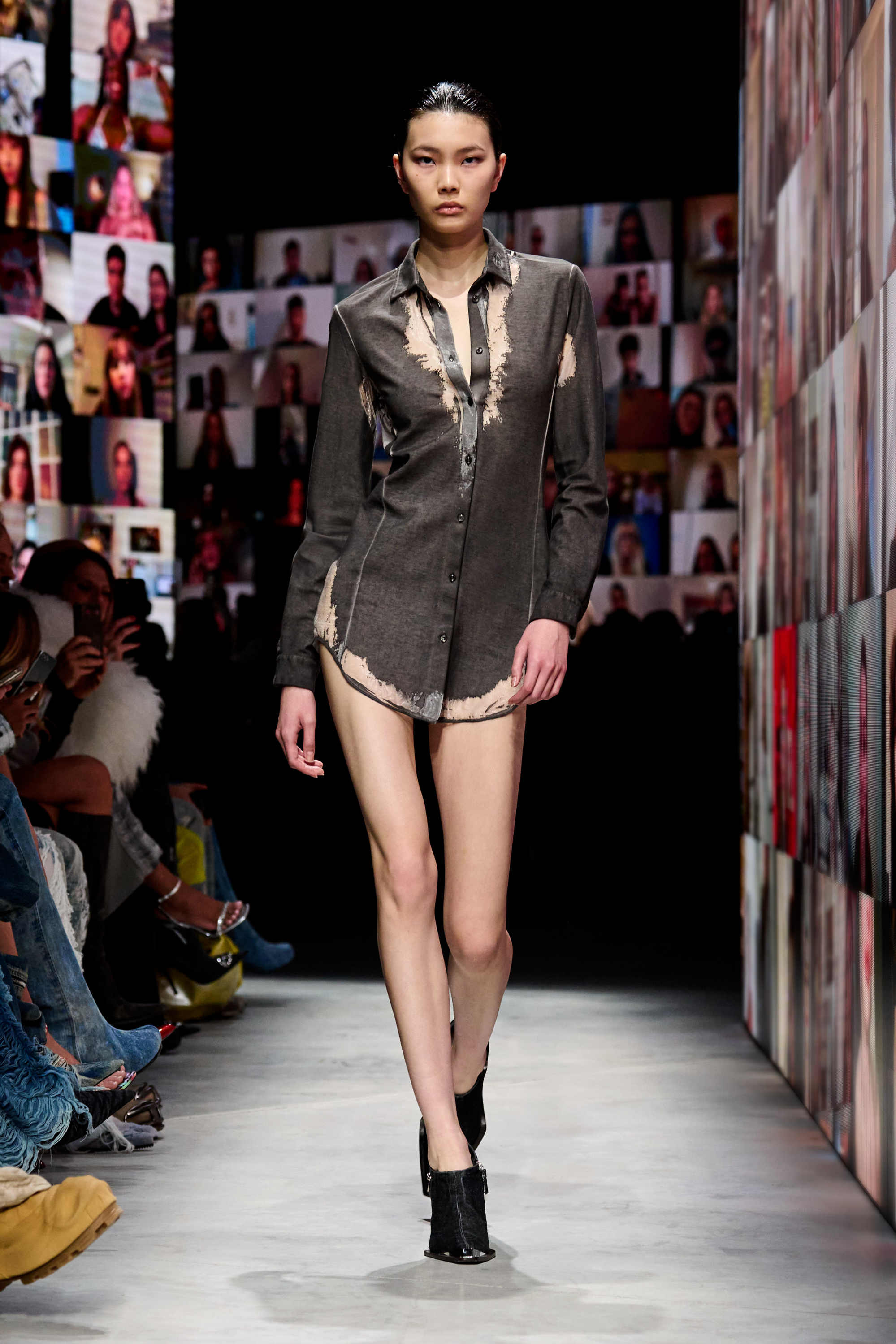
“We changed the way of doing denim. and we revolutionised the way of doing advertising – back in the 90s our message was not, ‘Buy, buy, buy this brand’, I wanted to create interaction and start a dialogue with my consumer,” says Rosso. “It wasn’t just about selling a product. I wanted [people] to feel, ‘These guys are simpatico – let’s see what they’re making.’ I wanted to inspire curiosity.”
Rosso admits that, at one point, he dropped the ball on Diesel to spend time on other projects, but he is now fully committed to the label, which Martens has re-energised and put back on the fashion map.
“My mentality had evolved because I had started to work with John Galliano and to discover the world of couture, so when looking for a creative director at Diesel I didn’t just hire a designer but a couturier,” says Rosso. “Glenn has brought couture to Diesel – it’s denim couture. We are able to develop incredible fabrics in our mills.
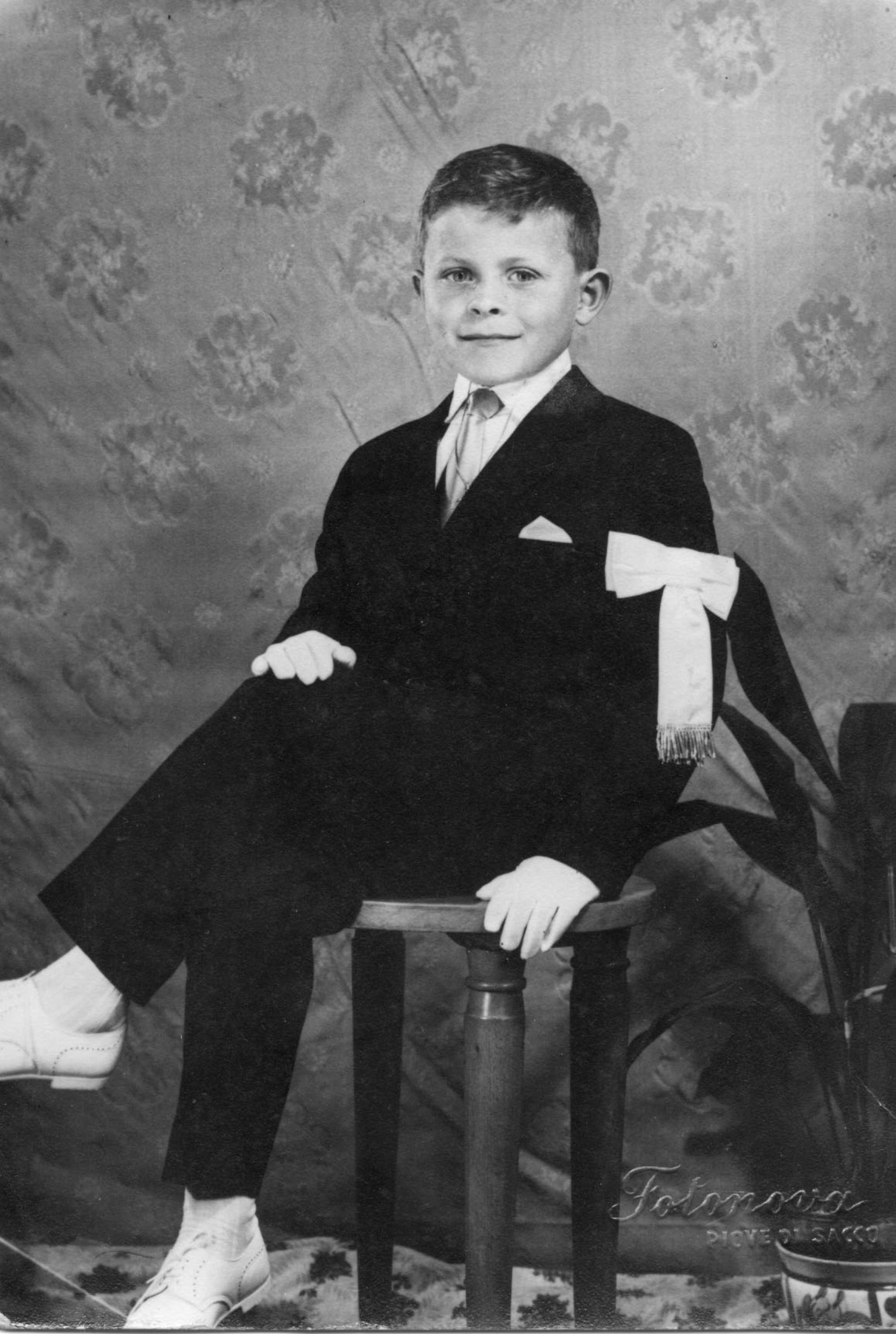
“With Glenn we’ve done three things: couture denim, something that doesn’t exist anywhere else; we brought the brand to 50/50 among men and women; and we introduced successful accessories that we didn’t have before – and it was thanks to Glenn, but also to the culture of the group because we’re a very modern and beautiful group, and big managers want to work with us because they see a different energy.”
It’s not just managers who have been knocking on Rosso’s doors but also labels looking for possible suitors that can help them thrive. So what does Rosso look for when considering a possible acquisition?
“I like to see something similar to my way of thinking so it has to be brave and with a beautiful heritage,” says Rosso. “I come from the world of vintage, which is very important to me. All our brands are greatly inspired by that world.
“One of our most luxurious brands, Jil Sander, is about the quality of the manufacturing or the silhouette – something special that harks back to the old world of the couture atelier. And then Margiela is really a couture maison – if you look with care at the couture range, all those details then filter down to the other collections.”
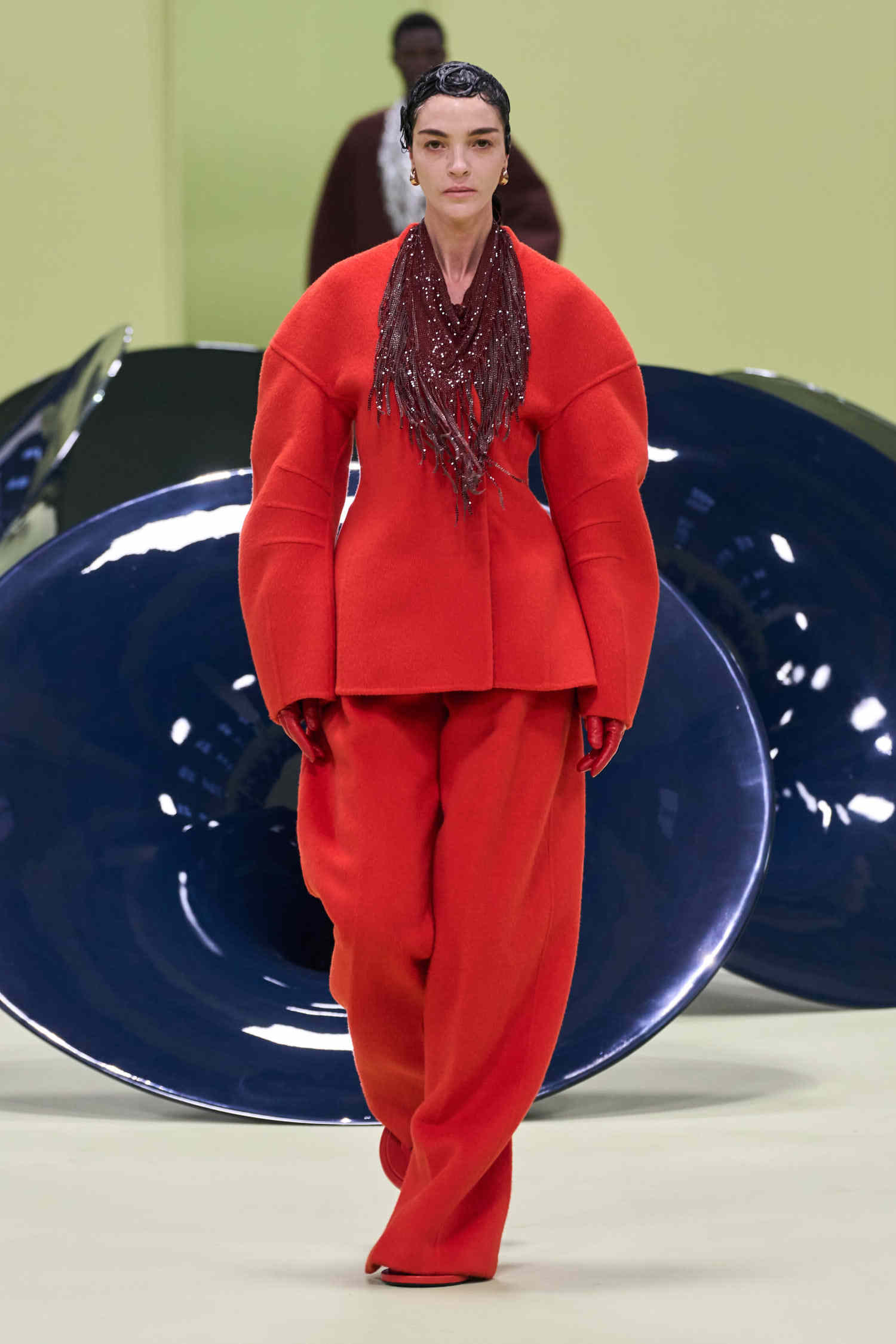
With plans for a possible IPO and more acquisitions on the horizon, Rosso has his plate more than full, but it doesn’t stop with OTB. His personal company, Red Circle, invests in start-ups, while his non-profit OTB Foundation is involved in philanthropic endeavours like supporting victims of natural disasters and conflicts, and projects such as the restoration of the Rialto Bridge in Venice.
Speaking with Rosso, you get the sense that he’s ambitious and driven, but not in the cutthroat way often associated with luxury honchos. His gentle approach to growth and expansion is perhaps the secret to his success, as he explains when looking ahead at what’s to come for the empire he has built. “We still hope to acquire more brands potentially because we’re healthy financially, and we have many brands asking to join the group, but we don’t want to acquire for the sake of it,” he says. “Each brand has to have a special DNA and has to be luxury, because we feel that the luxury world gives you higher margins and that [in turn] allow you to be more sustainable.”
Speaking of sustainability – a fraught topic in fashion given the difficult way to measure what’s “sustainable” in an industry driven by the nonstop consumption of new goods – Rosso has a very no-nonsense take. “We signed a pact, the Fashion Pact, whereby we want to be fully sustainable by 2030. We’ve reached 50 or 55 per cent at the moment, and it’s not easy because you have to follow the process from the fibres to the store, and then you have to audit and certify it legally,” he says. “But I’m driving my group to think that sustainability is also about a better workplace where people are happy. We audited all the small units that work for us to check working conditions and how much they get paid. Everyone talks about sustainable materials but the social part, the human part, is just as important.”
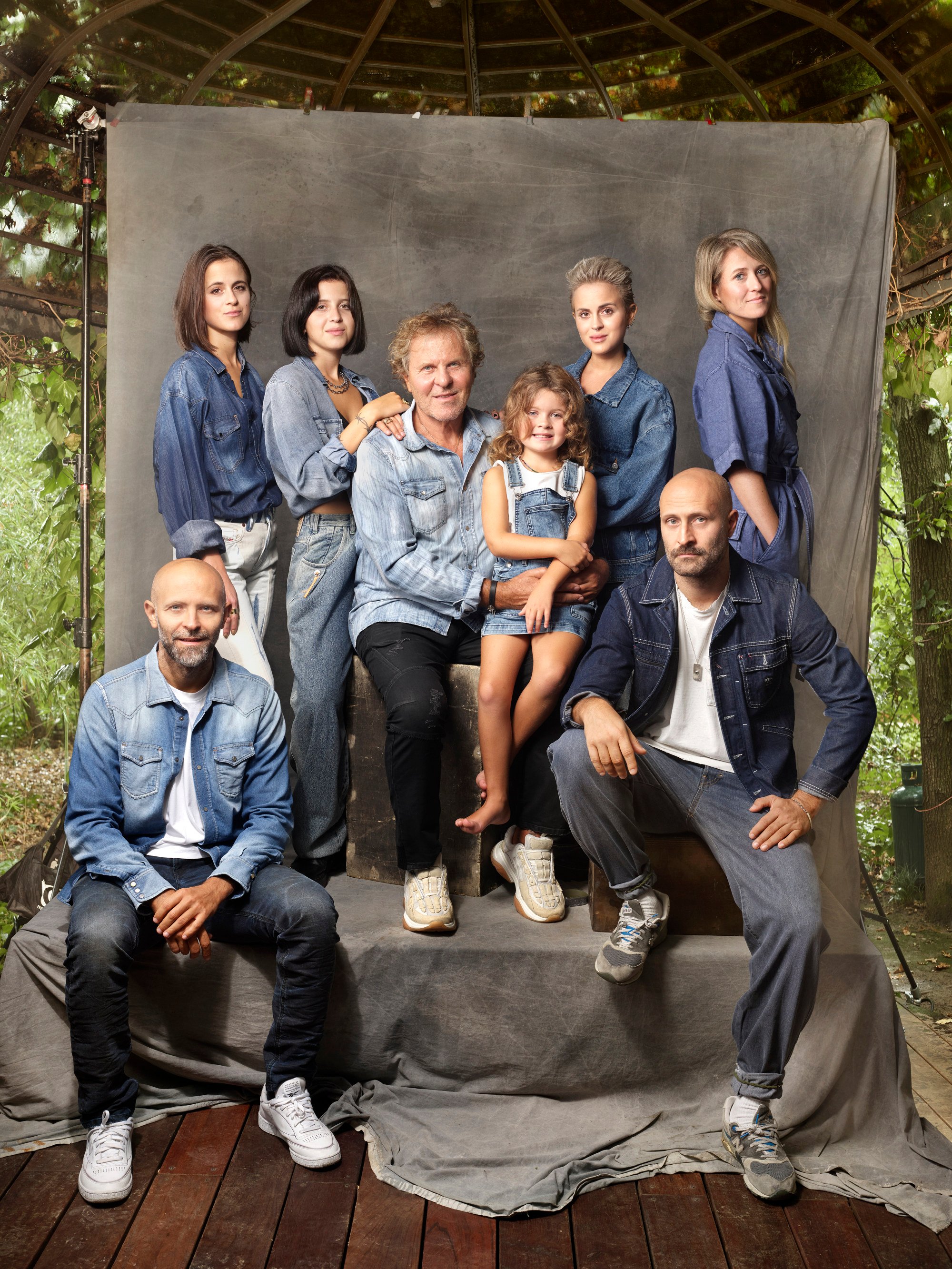
Rosso is a true visionary and an inspiring leader but he’s also not afraid to make tough decisions, however controversial they may be. He was one of the few luxury moguls to give Galliano a second chance after the designer was dismissed by Dior following a racist outburst more than a decade ago. He is humble but also pragmatic and results driven, and has a sharp eye for identifying talent – all traits that have served him well on his journey to the top.
“When you’re young, you always admire someone or something, and I would always look at other entrepreneurs doing amazing things,” he says when asked about his early days in the business.
“Even now when I look at other entrepreneurs, I admire them and I don’t envy them – they inspire me. I always admire those who do bigger and better things than me.”

